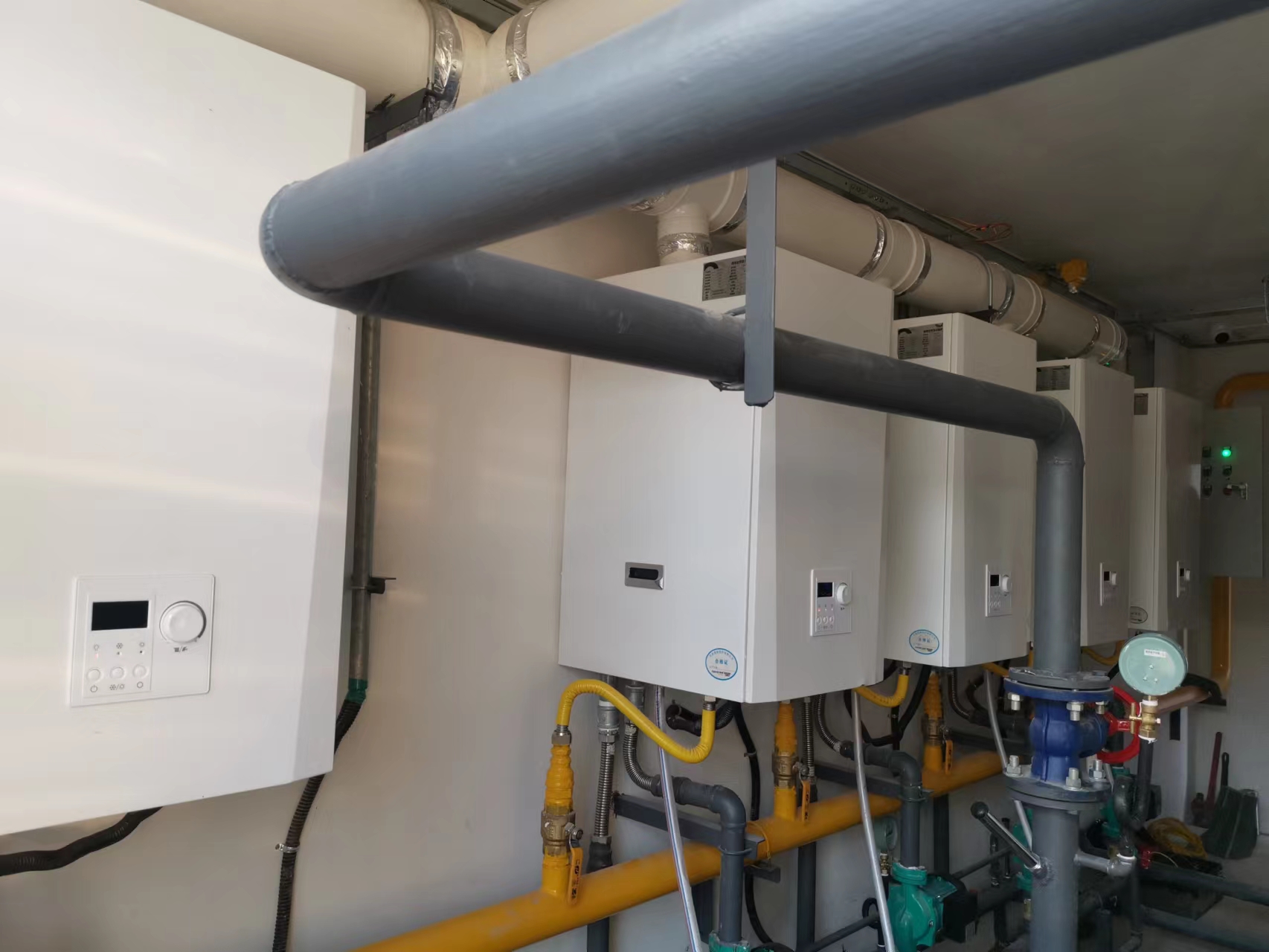- Afrikaans
- Albanian
- Amharic
- Arabic
- Armenian
- Azerbaijani
- Basque
- Belarusian
- Bengali
- Bosnian
- Bulgarian
- Catalan
- Cebuano
- China
- China (Taiwan)
- Corsican
- Croatian
- Czech
- Danish
- Dutch
- English
- Esperanto
- Estonian
- Finnish
- French
- Frisian
- Galician
- Georgian
- German
- Greek
- Gujarati
- Haitian Creole
- hausa
- hawaiian
- Hebrew
- Hindi
- Miao
- Hungarian
- Icelandic
- igbo
- Indonesian
- irish
- Italian
- Japanese
- Javanese
- Kannada
- kazakh
- Khmer
- Rwandese
- Korean
- Kurdish
- Kyrgyz
- Lao
- Latin
- Latvian
- Lithuanian
- Luxembourgish
- Macedonian
- Malgashi
- Malay
- Malayalam
- Maltese
- Maori
- Marathi
- Mongolian
- Myanmar
- Nepali
- Norwegian
- Norwegian
- Occitan
- Pashto
- Persian
- Polish
- Portuguese
- Punjabi
- Romanian
- Russian
- Samoan
- Scottish Gaelic
- Serbian
- Sesotho
- Shona
- Sindhi
- Sinhala
- Slovak
- Slovenian
- Somali
- Spanish
- Sundanese
- Swahili
- Swedish
- Tagalog
- Tajik
- Tamil
- Tatar
- Telugu
- Thai
- Turkish
- Turkmen
- Ukrainian
- Urdu
- Uighur
- Uzbek
- Vietnamese
- Welsh
- Bantu
- Yiddish
- Yoruba
- Zulu
నవం . 09, 2024 02:33 Back to list
Heat Transfer Solutions for Chillers and Heat Exchangers in Various Applications
Understanding Chillers and Heat Exchangers A Comprehensive Overview
In the realm of industrial and commercial cooling systems, chillers and heat exchangers play crucial roles in maintaining optimal temperatures and ensuring the efficient operation of various processes. These components are indispensable in a variety of sectors, including HVAC, food processing, chemical manufacturing, and more. Understanding how they function and their interrelationship is essential for effective system design and operation.
Chillers The Core of Cooling Systems
Chillers are specialized refrigeration systems that remove heat from a liquid via a vapor-compression or absorption refrigeration cycle. The cooled liquid is then circulated through a heat exchanger to provide cooling for various processes or spaces. Chillers are categorized into two main types air-cooled and water-cooled chillers.
- Air-Cooled Chillers These units utilize ambient air to dissipate heat. They are typically found in smaller applications and offer a more straightforward installation process. Air-cooled chillers are ideal for facilities without access to cooling towers or those located in areas with high water costs.
- Water-Cooled Chillers These systems reject heat through cooling towers or body water sources. They are generally more efficient than air-cooled chillers and are commonly used in larger applications, such as commercial buildings and industrial facilities. Water-cooled chillers are typically more complex and require a comprehensive setup, including piping, cooling towers, and pumps.
The efficiency of chillers is measured by their Coefficient of Performance (COP), which indicates the ratio of cooling output to energy input
. A higher COP means better energy efficiency, reducing operational costs and environmental impact.Heat Exchangers Facilitating Heat Transfer
Heat exchangers are devices designed to transfer heat between two or more fluids without mixing them. They are essential in various applications, from cooling and heating fluids in industrial processes to regulating airflow in HVAC systems.
chillers heat exchangers

There are several types of heat exchangers, including
- Shell-and-Tube Heat Exchangers Composed of a series of tubes, these exchangers allow one fluid to flow through the tubes while another fluid circulates around them, transferring heat in the process. They are widely used in chemical processing and power generation due to their robust design and efficiency.
- Plate Heat Exchangers These consist of multiple thin plates stacked together, creating channels for fluids to flow. They are compact and efficient, commonly employed in food processing and HVAC applications.
- Air-cooled and Water-cooled Heat Exchangers Similar to chillers, these exchangers can be air-cooled or water-cooled, depending on the heat transfer medium used. They are crucial in various cooling and heating applications, providing versatility across industries.
The Interrelationship Between Chillers and Heat Exchangers
Chillers and heat exchangers often work in tandem within a cooling system. In a typical setup, the chiller cools a fluid—usually water—then circulates this chilled water to a heat exchanger. The heat exchanger then absorbs heat from the environment or process, transferring the heat to the chilled water, allowing the cooler fluid to lower the temperature of the target area or substance effectively.
The performance of a cooling system is largely dependent on the efficiency of both the chiller and the heat exchanger. Factors such as temperature differentials, flow rates, and the design of the heat exchanger significantly impact the overall energy efficiency of the system.
Conclusion
In conclusion, chillers and heat exchangers are vital components in modern cooling systems, serving diverse applications across various industries. By understanding their functions, types, and interrelationship, engineers and facility managers can design and maintain systems that operate efficiently, thus reducing costs and enhancing performance. The ongoing advancements in technology also promise more efficient designs in the future, advancing energy savings and environmental sustainability in cooling solutions. As industries continue to innovate and evolve, the importance of these systems will undoubtedly grow, highlighting the need for skilled professionals in the field.
-
Custom Cast Silicon Aluminum Heat Exchangers for Hot Water Boilers
NewsJun.02,2025
-
Stainless Steel Impellers - Custom & Durable Solutions ODM Available
NewsJun.02,2025
-
Stamping Concrete Pipe Mold Bottom Ring Custom & Durable Solutions
NewsJun.02,2025
-
Custom Furniture Hardware Durable & Affordable Solutions Shop Now
NewsJun.01,2025
-
SRC Concrete Pipe Bottom Ring Durable & Customizable Solutions
NewsJun.01,2025
-
Machine Base Casting Solutions Custom & ODM Precision Castings
NewsMay.31,2025


